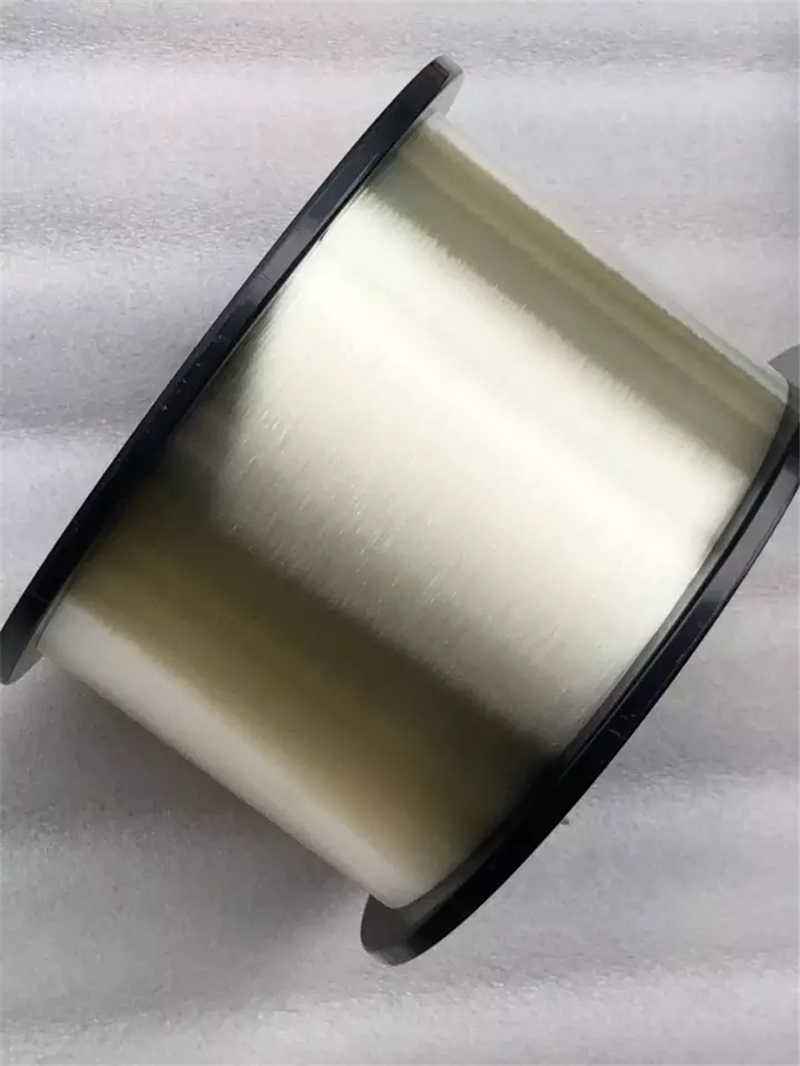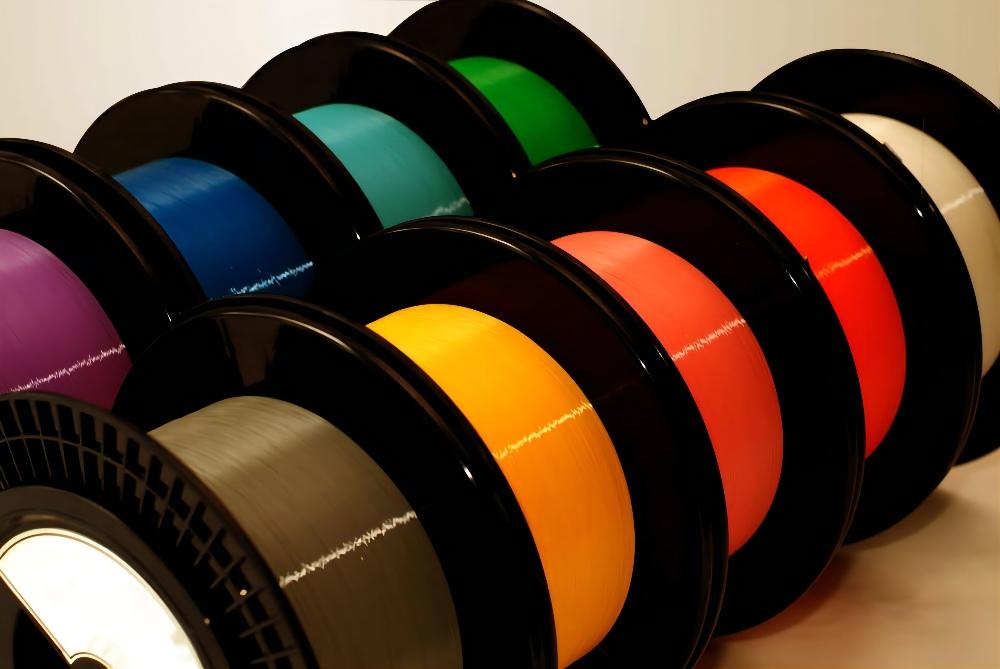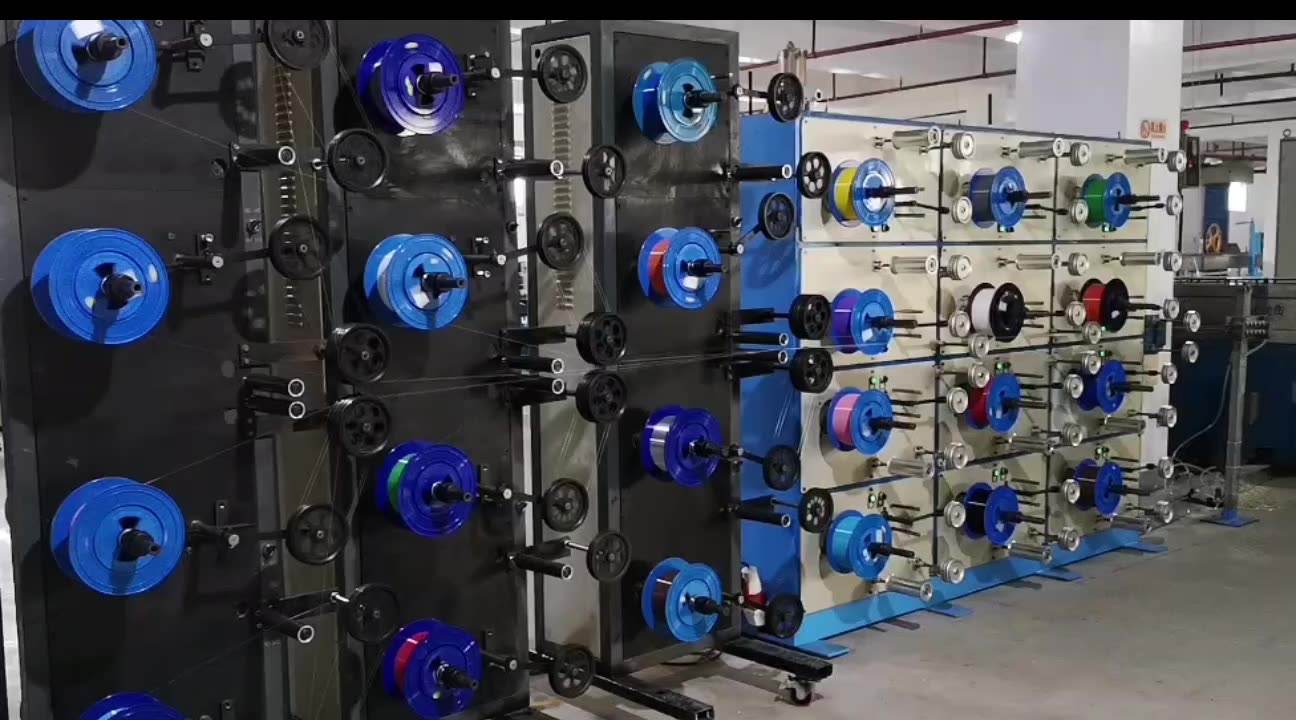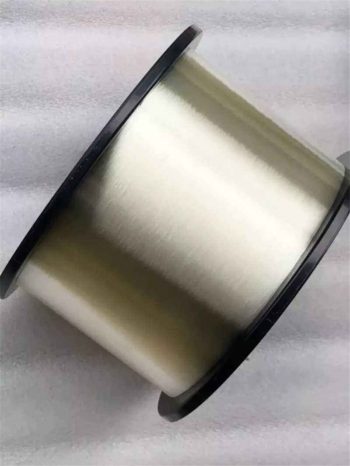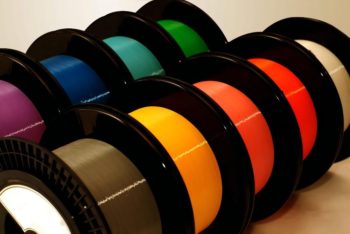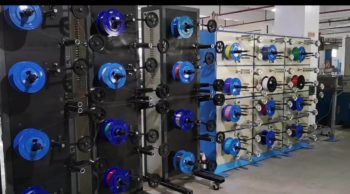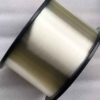Optical Bare Fiber Application
This optical bare fiber has a very wide spectral bandwidth and superior optical characteristics and is capable of supporting different transmissions such as Ethernet, Internet Protocol (IP), Asynchronous Transfer Mode (ATM), and Synchronous Optical Network (SONET), and wavelength division multiplexing system (≤DM). The best choice for technology. Optical fibers provide larger bandwidth resources for backbone networks, metropolitan area networks, and access networks, and meet the bandwidth resource requirements of various services such as voice, digital, and image transmission.
Optical fiber is suitable for various optical cable structures, including GYXTW, GYTA, GYTS, GYTA53, etc.
Product Standard
Low water peak single-mode fiber meets or exceeds ITU-T G.652.D and IEC 60793-2-50 Type B1.3 fiber specifications. The company has formulated stricter standards for various indicators of optical fiber products.
Product Features
• Realize full-band transmission from 1260 to 1625 nm, increase the spectral bandwidth by 50%, and improve the system transmission capacity
• Superior optical characteristics meet the transmission requirements of high-speed D≤DM and C≤DM systems
• Compatible with existing 1310nm transmission equipment
• Good coating protection and excellent peeling performance
• Precise geometric parameters ensure low splice loss and high splice efficiency
Optical Properties
|
Characteristic |
Condition | Data |
Unit |
|
|
Optical Characteristics |
||||
|
Attenuation |
1310nm |
<0.34 |
[dB/km] |
|
| 1383 nm (after hydrogen aging) | ≤0.34 |
[dB/km] |
||
|
1550nm |
≤0.20 | [dB/km] | ||
| 1625nm | ≤0.24 |
[dB/km] |
||
|
Decattenuation change relative to the wavelength |
From 1285 to 1330 nm, relative to 1310nm |
≤0.03 | [dB/km] | |
| 1525-1575nm, relative to 1550nm | ≤0.02 |
[dB/km] |
||
|
Dispersion in the wavelength range |
1285-1340nm | -3.5 〜3.5 | [ps/(nm .km)] | |
| 1550nm | ≤18 |
[ps/(nm .km)] |
||
|
1625nm |
≤22 |
[ps/(nm .km)] |
||
|
Zero dispersion wavelength |
― | 1300-1324 |
[nm] |
|
|
Zero dispersion slope |
― | ≤0.092 |
[ps/(nm2.km)] |
|
|
Typical value of the zero-dispersion slope |
― | 0.086 |
[ps/(nm2.km] |
|
|
Polarization mode dispersion coefficient (PMD) |
Single optical fiber maximum value |
― | ≤0.1 | [ps/√km] |
| Fiber optic link value (M=20, Q=0.01%) | ― | ≤0.06 |
[ps/√km] |
|
|
Representative value |
― | 0.04 |
[ps/√km] |
|
|
The optical cable cut-off wavelength |
― | ≤1260 |
[nm] |
|
|
Die field diameter, (MFD) |
1310nm | 8.7 〜9.5 | [μm] | |
| 1550nm | 9.8-10.8 |
[μm] |
||
|
Effective group refractive index |
1310nm |
1.466 | — | |
| 1550nm | 1.467 |
— |
||
|
Point discontinuity |
1310nm | ≤0.05 | [dB] | |
| 1550nm | ≤0.05 |
[dB] |
||
Geometrical Features
|
Cladding diameter |
― | 125.0±0.7 | [μm] | |
| Non-circularity of cladding | ― | ≤1.0 |
[%] |
|
|
Coating diameter |
― | 235〜250 | [μm] | |
| Cladding / coating concentricity error | ― | ≤12.0 |
[μm] |
|
|
The coating is not round |
― | ≤6.0 | [%] | |
| Core / envelope concentricity error | ― | ≤0.6 |
[μm] |
|
|
Warp degree (radius) |
― | ≥4 |
[m] |
|
|
Delivery length |
― | Maximum length of 50.4 |
[km/tray] |
|
| Environmental character istics 1310nm, 1550nm and 1625nm | ||||
|
Temperature additional attenuation |
-60°C to 85°C | ≤0.05 | [dB/km] | |
| Temperature-humidity cycle with additional attenuation | -10°C to 85°C, with 98% relative humidity | ≤0.05 |
[dB/km] |
|
|
Immersion additional attenuation |
23°C, 30 days | ≤0.05 | [dB/km] | |
| Heat and heat additional attenuation | 85°C, 85% relative humidity, at 30 days | ≤0.05 |
[dB/km] |
|
|
Dry heat aging |
85°C, 30 days | ≤0.05 |
[dB/km] |
|
| Mechanical properties | ||||
|
Screening tension |
― | ≥9.0 | [N] | |
| ― | ≥1.0 |
[%] |
||
|
― |
≥100 |
[kpsi] |
||
|
Additional loss of macro bend |
100 laps, with a radius of 30mm |
1625nm | ≤0.05 | [dB] |
| 100 laps, with a radius of 25mm | 1310nm and 1550nm | ≤0.05 |
[dB] |
|
|
1 lap, with a radius of 16mm |
1550nm | ≤0.05 |
[dB] |
|
|
Coating stripping force |
Typical mean | 1.5 | [N] | |
| peak value | 1.3-8.9 |
[N] |
||
|
Dynamic fatigue parameter |
― | ≥20 |
― |
|

